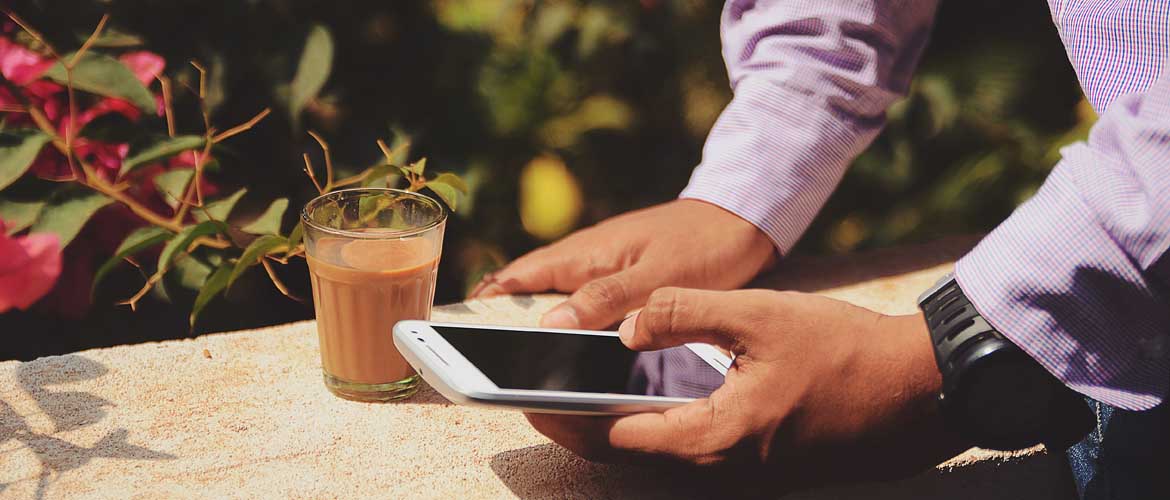Tech lash
With all the hype behind new technological innovations, people are becoming wary of its psychological and social implications. Technology addiction expert, Dr Richard Graham, explains its effects, symptoms and cures.
An exciting era brought on by the technological boom has begun but it has also given birth to new health issues. With smartphone applications like Facebook and Instagram, information is being exchanged at an alarming rate. Technology is also putting more value on these types of information and introducing a new understanding and term like ‘attention economy’. Some people say this is the new currency of business.
The attention economy recognises that human attention has become a scarce commodity because it is limited. Though this realisation may have emerged in earlier years, in 2001 it was specifically highlighted by American academic Thomas Hayes Davenport in his book, The Attention Economy: Understanding the New Currency of Business.
For over a decade the online market continues to consume more and more of people’s attention to an extent that it can even disrupt people’s lives. This has been an area of study for many health and technology experts who have recognised the problems arising from technology use. Technology addictions and effects of being online too much have often been mere speculations but health experts confirm it’s a health condition to be taken seriously.
Technology addiction is new and for the first time, the World Health Organisation (WHO) has recognised it. In this years’ WHO guide to International Classification of Diseases (ICD), gaming disorders will be listed as a health condition that should be taken seriously by health services.
Dr Richard Graham, technology addiction consultant psychiatrist at the Nightingale Hospital in London (part of the French Sinoué Group), recalls how he first came across technology addiction 14 years ago in young men who played video games for more than 16 hours a day. ‘It disrupted their whole lives,’ he says. ‘But as smartphones allow us to take the Internet with us almost everywhere in our pockets, and as social media and messaging apps become more popular, our use of technology is becoming a much wider issue and for some, a problem,’ he adds.
Dr Richard tells us his experience with technology addiction and advises on how to watch out for it.
What are the symptoms of technology addiction in patients?
For the technology addiction to be diagnosed, we need to see the key behaviours that are seen in other behavioural addictions, such as problematic gambling. These behaviours include:
- craving that activity (or thinking about it a lot),
- using the activity to improve your mood (to get a ‘buzz’ but also to de-stress),
- needing to increase your time on the activity to get the same effect (tolerance),
- getting very unpleasant feelings when you stop (withdrawal reaction),
- getting into conflict with friends or family about how much time you spend on the activity (hiding how much you do),
- struggling to cut down, and if you can stop, once you start again you go back to high levels of use.
While these symptoms or behaviours are important, the impact on your life is also really important, over at least 12 months. So, there should be negative consequences for your use and that if you continue in the same way you will start to affect your health and life chances. The key sign or symptom of an addiction for many people is not being able to reduce their use of technology, knowing it’s having a negative impact on them and on the people in their life.
Do addictions differ by gender and age?
A smartphone allows for so many different activities, we see different patterns for different ages.
Generally, for boys and young men, the rewards of gaming are huge and based on the feeling of success. Many gamers are also looking to succeed in other ways and may look to earn money through streaming, YouTube videos and gambling, earning bitcoins and other digital currencies. For young women, social media is more dominant. They try to also succeed in building successful profiles on Instagram or send lots of Snapchat streaks – which are direct Snapchats sent to friends over a period of several consecutive days. For adults, they may be more on Twitter or other news channels and that can be a big part of their use.
The key issue is to understand not just how much time someone spends on technology but what they do, why they do it and is it disrupting their life?
How can it be cured?
It’s hard to live without technology as so much depends on our use of it, for work, our finances and applying for jobs, etc. So, like how we support someone who eats too much, we try to find a healthy balance and a way of living well with technology. For some that will start with a digital detox, of spending at least 72 hours, usually more, away from technology. This allows you to reassess what you have been using technology for.
It can feel very difficult but also a relief. Planning to keep busy with other activities for the first few days reduces the impact of the unpleasant feelings that come with switching off and the urge to get back online. From there it’s good to schedule activities that support your wellbeing; sleep, eating well, being physically active and prioritising time for your relationships and friendships. A good night’s sleep is a good start, so no screen time at least 60 minutes before you need to be asleep, to get eight hours of sleep or more per night.
___________________
Photo Credit:
Rohit Tandon





